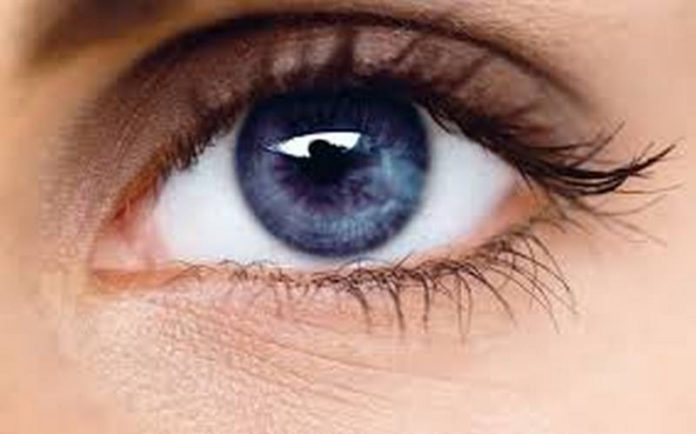Women tend to see more shades and variations of colour.
Scientists have discovered that men and women perceive colours differently. The difference isn’t just about how we name colours but also how we see them.
This topic is fascinating because it reveals how our brains work and how our biology affects our everyday experiences.
The science behind colour vision
Our eyes have special cells called cones that help us see colours. There are three types of cones, each sensitive to red, green, or blue light. The way these cones respond to light can vary between men and women. Studies have shown that women have more cones, particularly those sensitive to red and green. This means women can see more shades of these colours.
How women see more colours
Women tend to describe colours with more detail. For example, what a man might call “red,” a woman might call “scarlet,” “crimson,” or “burgundy.”
Women see more colours [ColorMeanings]
This isn’t just about having a larger colour vocabulary. Women actually see more variations in colour. Research has found that women are better at distinguishing between subtle differences in shades. This ability might be linked to their genes and how their brains process colour.
Men and colour perception
Men, on the other hand, see colours as more straightforward and less varied. Men are generally better at detecting movement and fine detail, especially in dim light.
Men see colours as more straightforward [Pinterest]
This difference might have roots in ancient times when men were hunters. Being able to see slight movements and changes in the environment would have been useful for hunting.
The role of hormones
Hormones also play a role in how we see colours. Testosterone, the hormone more common in men, affects the development of the visual cortex, the part of the brain that processes visual information. This hormone can influence how men’s brains interpret colours. Estrogen, more common in women, may enhance the ability to see more colours and fine details.
Colour blindness
Colour blindness is another interesting aspect of colour perception. It is much more common in men than women. This condition usually affects the ability to see red and green colours correctly.
Colour blindness is an aspect of colour perception [Healthline]
About 8% of men and only 0.5% of women are colourblind. This difference is due to the genes responsible for colour vision being located on the X chromosome. Women have two X chromosomes, so if one is defective, the other can compensate.
Real-life implications
Understanding that men and women see colours differently has practical applications. For example, in design and marketing, knowing these differences can help create more effective advertisements and products. Artists and designers can use this knowledge to choose colours that appeal to a broader audience. Even in daily life, this understanding can help avoid misunderstandings when describing colours.
Evolutionary perspectives
Some scientists believe these differences evolved because of the roles men and women played in ancient societies. Women, who were gatherers, needed to distinguish between different plants, fruits, and berries, some of which could be poisonous. Men, who were hunters, needed to spot animals from a distance. These roles might have shaped the way our brains developed to see colours differently.
This content was created with the help of an AI model and verified by the writer.

